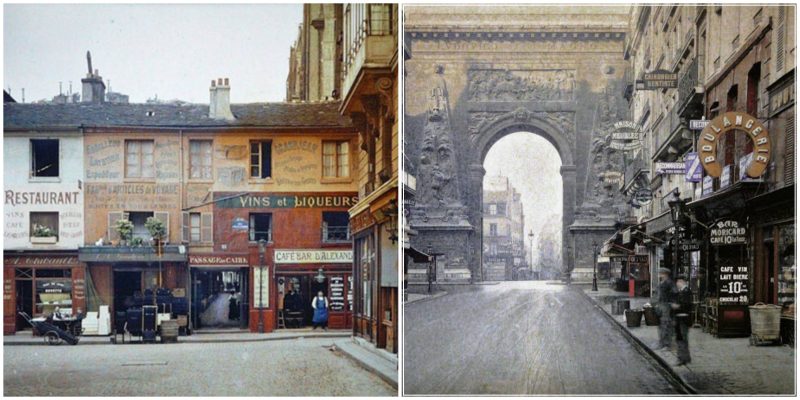Albert Kahn (3 March 1860 – 14 November 1940) was a French banker and philanthropist, known for initiating The Archives of the Planet, a vast photographic project.
Kahn’s photographers began documenting France in 1914, just days before the outbreak of World War I, and by liaising with the military managed to record both the devastation of war, and the struggle to continue everyday life and agricultural work.
Paris in the Belle Époque, between 1871 and 1914, from the beginning of the Third French Republic until the First World War, saw the construction of the Eiffel Tower, the Paris Métro, the completion of the Paris Opera, and the beginning of the Basilica of Sacré-Cœur on Montmartre. Three universal expositions in 1878, 1889 and 1900 brought millions of visitors to Paris to see the latest in commerce, art and technology. Paris was the scene of the first public projection of a motion picture, and the birthplace of the Ballets Russes, Impressionism and Modern Art.





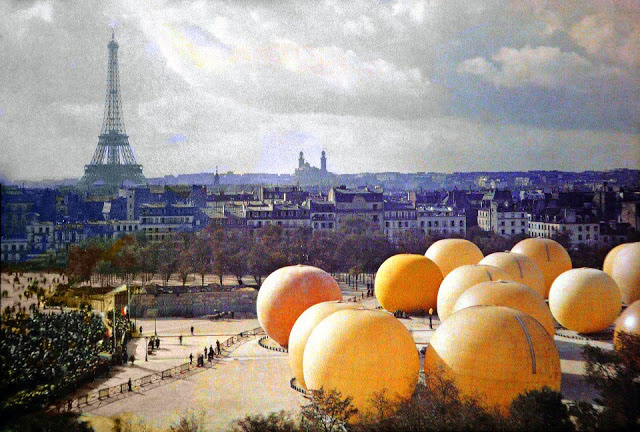

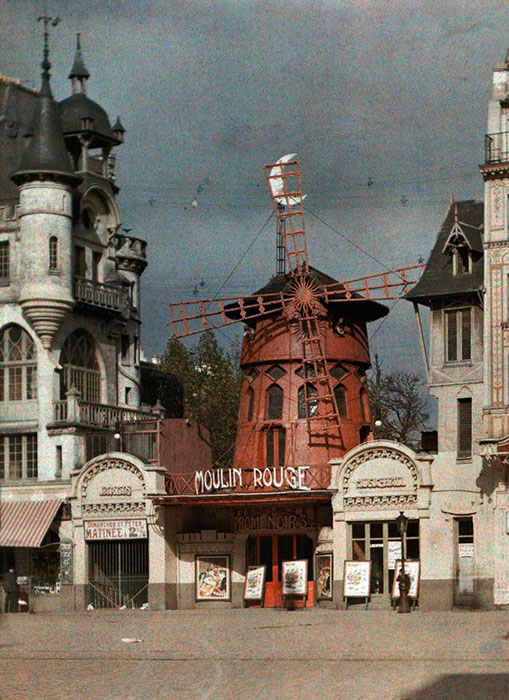
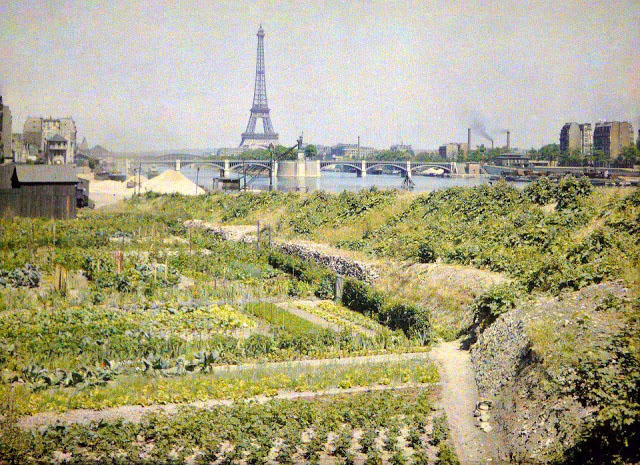
Most of the monuments of the period belonged to the Universal Expositions; the Eiffel Tower, Grand Palais, Petit Palais, and the Pont Alexandre III. The chief architectural legacy of the Third Republic was a large number of new schools and local city halls, all inscribed with the slogans of the Republic, and statues of allegorical symbols of the Republic, scientists, writers and political figures placed in parks and squares. The largest monument was an allegorical statue of the Republic, placed in the center of the Place du Château-d’Eau, renamed in 1879 Place de la République. It was an enormous bronze figure 9.5 meters high of the Republic holding an olive branch and standing on a pedestal 15 meters high. Allegorical statues of Liberty, Equality and Fraternity. A plaster version was placed on the pedestal on July 14, 1880, and the final bronze version was dedicated on July 14, 1883. On July 14, 1880, Place du Trône was renamed Place de la Nation, and a group of statues by Dalou, called Triumph of the Republic, was placed in the center; in the middle was Marianne, in a chariot drawn by two lions, surrounded by allegorical figures of Liberty, Work, Justice and Abundance. A plaster version was put in place in 1889, and the bronze version in 1899. A 29-meter tall monument with a statue of another republican hero, Leon Gambetta, surmounted by a pylon crowned by an eagle, was placed in the cour Napoléon of the Louvre in 1888. It was taken down in 1954 to clear the view of the Louvre; then, in 1982 it was put back up, without the pylon and eagle, on Square Édouard-Vaillant (20th arrondissement) by the socialist president François Mitterrand
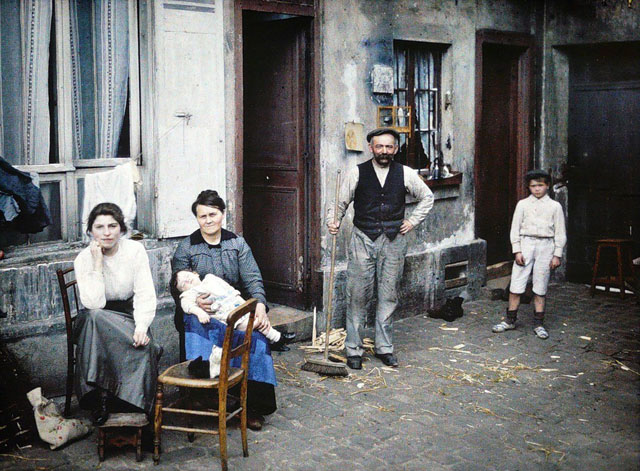
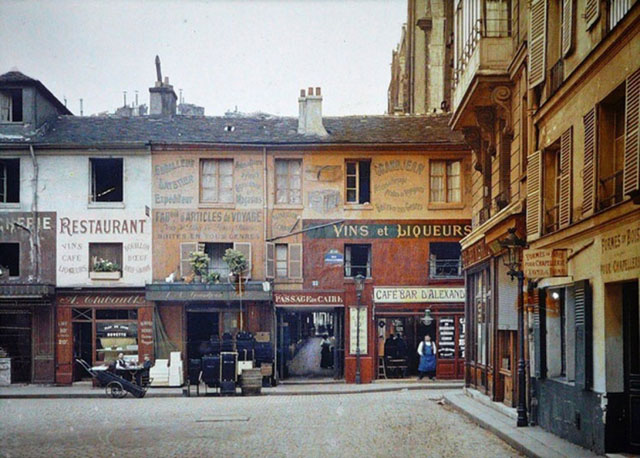
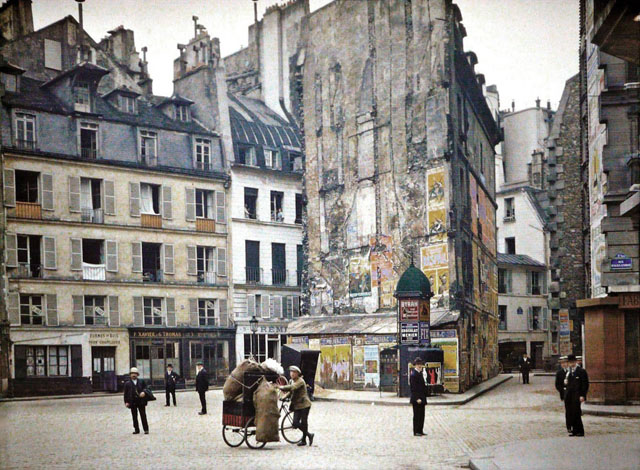
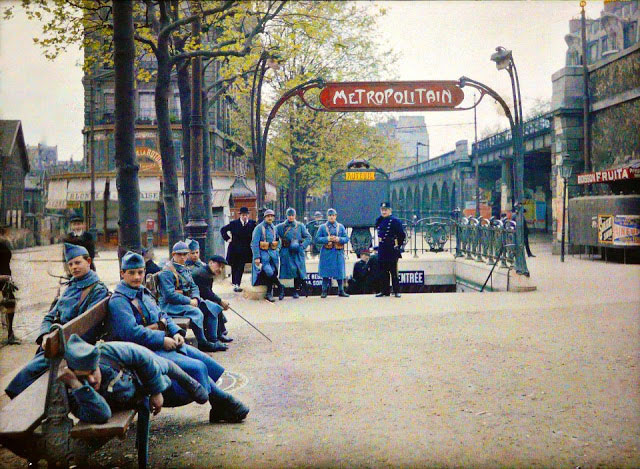
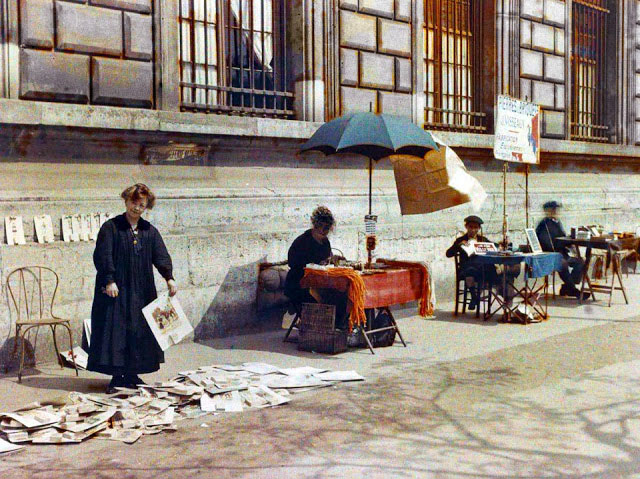
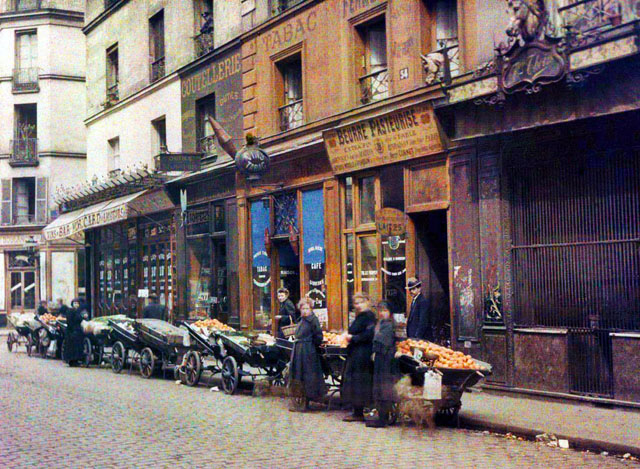
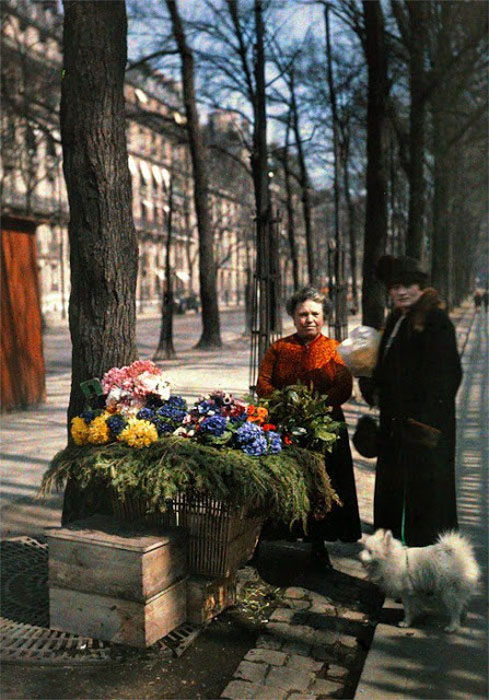
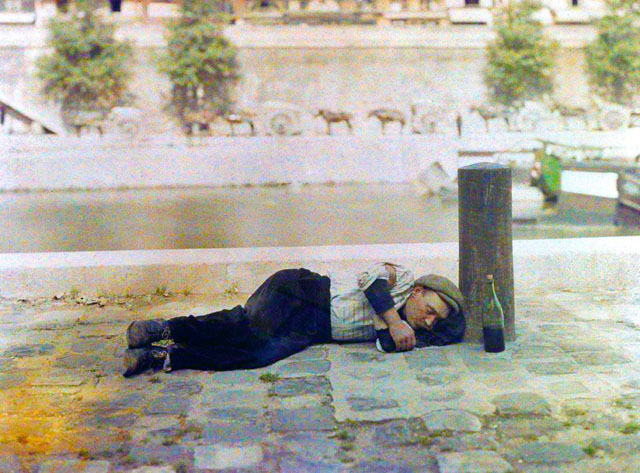
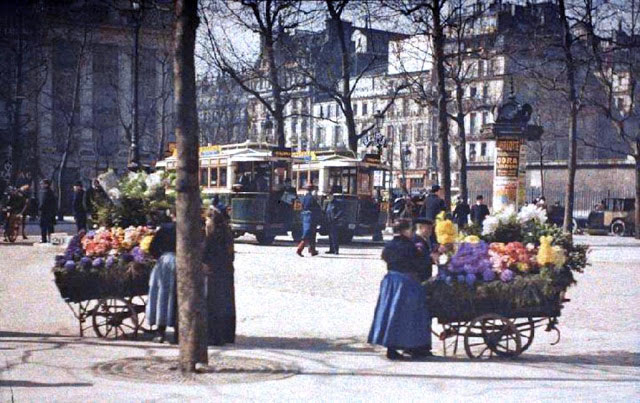
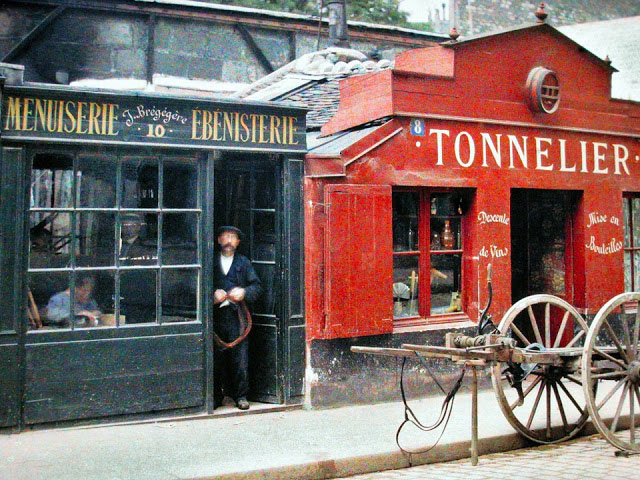
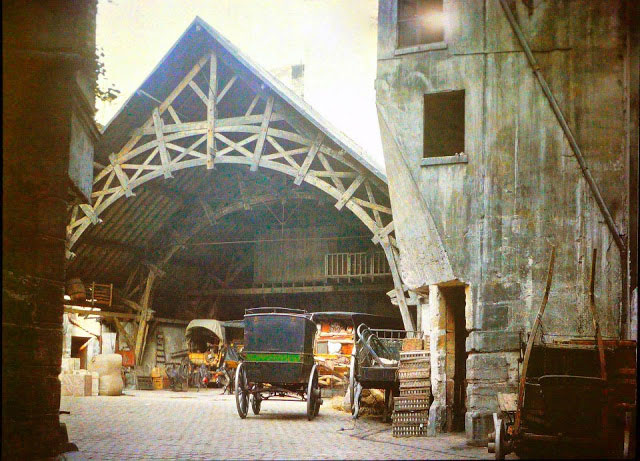
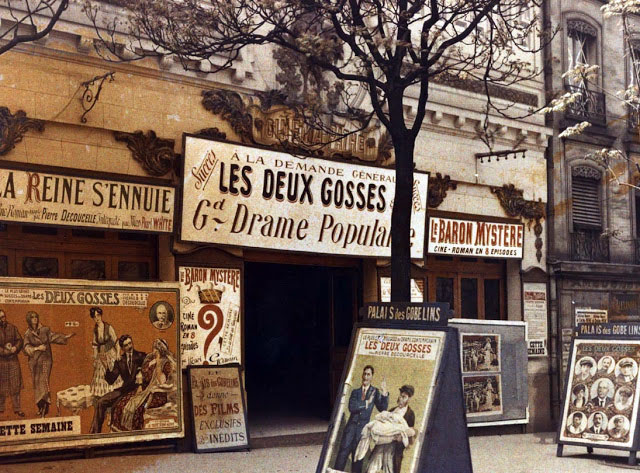
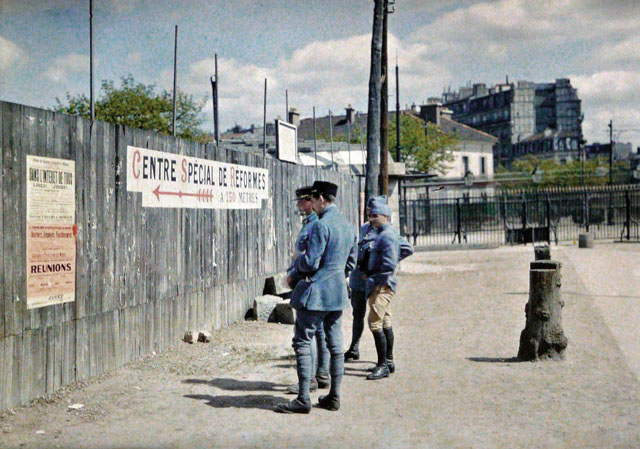
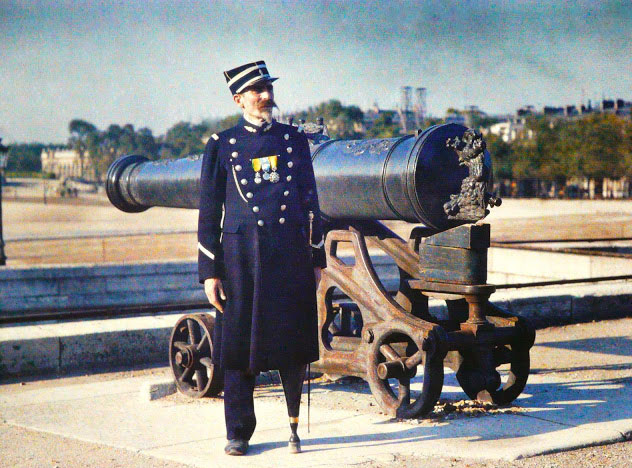

The construction of the new boulevards and streets begun by Napoleon III and Haussmann had been much criticized by Napoleon’s opponents near the end of the Second Empire, but the government of the Third Republic continued his projects. The avenue de l’Opéra, boulevard Saint-Germain, avenue de la République, boulevard Henry-IV and avenue Ledru-Rollin were all completed essentially as Haussmann had planned them by 1889. After 1889, the pace of construction slowed down; boulevard Raspail was finished, rue Réaumur was extended, and several new streets were created on the left bank; rue de la Convention, rue de Vouillé, rue d’Alésia, and rue de Tolbiac. On the right bank, rue Étienne-Marcel was the last of the Haussmann projects to be completed before the First World War.
While the streets planned by Haussmann were completed, the strict uniformity of façades and building heights imposed by Haussmann was gradually modified. Buildings became much larger and deeper, with two apartments on each floor facing the street and others facing only onto the courtyard. The new buildings often had ornamental rotundas or pavilions on the corners, and highly ornamental roof designs and gables. In 1902, maximum building heights were increased to 52 meters. With the advent of elevators, the most desirable apartments were no longer on the lowest floors, but on the highest floors, where there was more light, nicer view and less noise. With the arrival of automobiles and the beginning of traffic noise on the streets, the bedrooms moved to the back of the apartment, onto the courtyard. .

The façades also changed from the strict symmetry of Haussmann: bay and bow windows appeared, and undulating façades. Eclectic façades became popular, mixing Louis XIV, Lous XV and Louis XVI styles, and then, with the Art nouveau, floral patterns. The most striking examples of the new architecture were the Castel Béranger on rue La Fontaine and the Hôtel Lutetia. Between 1898 and 1905, the city organized eight competitions for the most imaginative building façades; variety was given precedence over uniformity.


